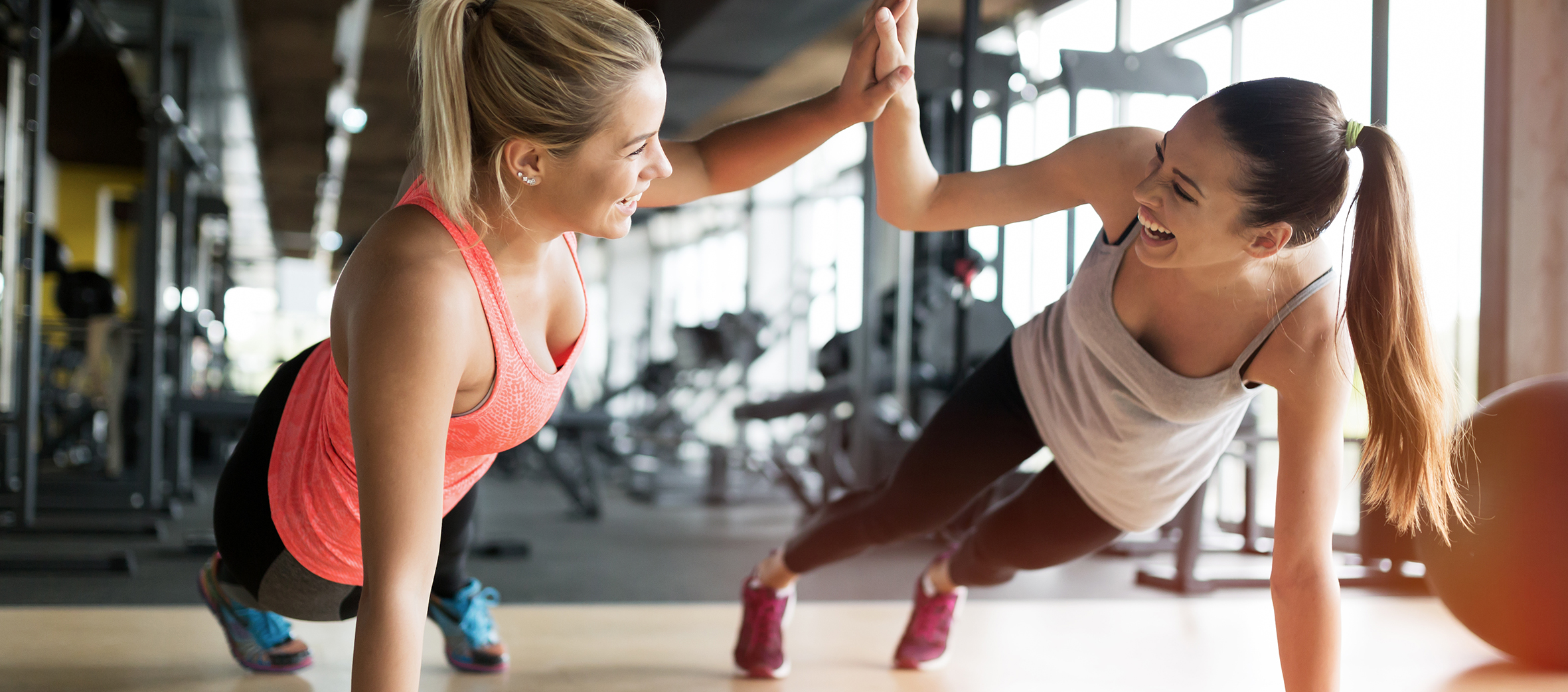Fluctuating hormones throughout your menstrual cycle are the reason for many of the uncomfortable period symptoms such as cramps and low mood. One less obvious menstrual symptom is changing energy levels, which can impact not only your sleep, productivity, and social interactions but also your exercise habits.
To help us understand more, GP from LloydsPharmacy Online Doctor, Dr Neel Patel (GMC 7085151), has partnered with women’s cycling performance coach at Veloqi, Alison Wood, to explain how your menstrual cycle can affect training and how you should adapt your nutrition and exercise routine to better support your body’s changing needs during the different phases of the cycle.
What are the phases of the menstrual cycle?
Dr Patel explains that there are four phases of the menstrual cycle:
“The typical menstrual cycle lasts for 28 days but can vary from woman to woman. A normal cycle can range from 21 to around 35 days.
“There are four menstrual phases caused by rising and falling hormone levels during the cycle. These phases are menstruation, the follicular phase, ovulation and the luteal phase.”
Dr Patel explains each of the four phases:
Menstruation
“Menstruation is when you have your period. The first day that you start bleeding is considered the first day of your cycle.”
The follicular phase
“The follicular phase begins at the same time that your period starts and ends at ovulation. During this phase the ovaries are stimulated to produce and mature an egg to release at ovulation.”
Ovulation
“Ovulation usually occurs in the middle of your cycle – around day 14 if you have a 28 day cycle. This is where a mature egg is released from one of your ovaries and begins to travel towards the uterus.”
The luteal Phase
“The luteal phase begins after ovulation and ends with the first day of your period. This phase usually lasts 14 days regardless of your cycle length. If an egg isn’t fertilised during this time, the body will start preparing for its next menstrual phase.”
How do hormones change throughout the menstrual cycle?
Dr Patel explains that there are distinctive changes in your hormones across the phases of your menstrual cycle:
“At the beginning of the menstrual cycle, all your hormone levels are low. It is then during the follicular phase that your oestrogen levels begin to rise as your pituitary gland releases Follicle Stimulating Hormone (FSH) to encourage your ovaries to prepare an egg.
“At ovulation, oestrogen levels will peak, followed by the luteal phase where progesterone levels peak. However they will then fall again if an egg is not fertilisied.”
What is the connection between the menstrual cycle and energy levels?
Dr Patel explains that energy levels are affected by hormone levels:
“It is due to all the rising and falling levels of hormones that you may feel varying levels of energy throughout your cycle. Hormone levels, such as oestrogen and progesterone, fluctuate during the different phases of your cycle, which can impact your energy levels, mood and subsequently your desire to participate in physical activity.
“When your period starts, levels of oestrogen and progesterone are at their lowest which is known to cause a dip in energy. If you also experience cramps, you might find that you prefer to spend the first few days of your period relaxing rather than participating in fast-paced activity.
“As your oestrogen levels rise during the follicular phase of your cycle, you should start to feel more energised. When you approach ovulation, your oestrogen level will be at its highest so you should find that your mood is good, and that you have higher levels of energy.
“After ovulation, in the luteal phase, your oestrogen levels will drop as your progesterone rises. For most women, this phase can be challenging because progesterone has a “depressant” effect when compared to oestrogen, and may lead to low energy and low mood.”
How does the menstrual cycle affect training?
Alison explains how menstrual symptoms affect our desire to exercise rather than physical performance:
“For the majority of women, there is no time during the cycle where their sport performance is negatively affected, but menstrual symptoms can affect how you feel during exercise.
“Every woman can experience different symptoms during the full cycle, but typical symptoms at the start of the follicular phase, such as gastrointestinal distress, heavy bleeds, low iron and cramps, can mean exercise is uncomfortable.”
How should training be adjusted to suit your menstrual cycle?
Alison explains that it’s about understanding and working with your body:
“Studies suggest that we can do all our normal workouts and activities during the full menstrual cycle, but making a few tweaks to the details can mean we are working with our hormones, rather than against them.
“Educating ourselves about what’s going on inside our bodies can help us make better, more informed decisions. It is important for us all to ensure we are providing our bodies with sufficient calories and nutrients to maintain hormone and physical health.”
Are there specific types of exercise or workouts that are better suited for certain phases of the menstrual cycle?
Alison explains that the follicular phase is the perfect time for challenging workouts:
“During the follicular phase you have a more stable core temperature, low progesterone and gradually increasing oestrogen. This means that you are less temperature sensitive, which makes high intensity intervals and max sprint efforts easier to perform.
“While progesterone levels are low, you have a better ability to build muscle and strength. This is the time to be lifting weights. In summary, to be working in line with your hormones during the follicular phase, it is a good opportunity to participate in HIIT training, sprint intervals and strength training.”
The luteal phase is the time to participate in lower-intensity workouts explains Alison:
“During the luteal phase, where core temperatures may be higher, it’s sensible to avoid max sprint intervals, instead doing longer tempo intervals. With high progesterone levels affecting our ability to build strength, we can instead use our time to work on mobility, stability and technique with activities such as yoga, pilates and skills sessions.”
How can the menstrual cycle impact motivation, focus and mood?
Alison explains how we may struggle with motivation during the luteal phase:
“It’s at the end of the luteal phase, just before the bleed starts, when both oestrogen and progesterone levels are low, that we are more likely to experience negative emotional fragility.
“However, the rise of progesterone during the mid luteal phase can bring with it a sense of calm and reduced anxiety. Studies suggest that when oestrogen levels are at their highest, during the late follicular phase, we can feel more confident, emotionally resilient and socially motivated.”





